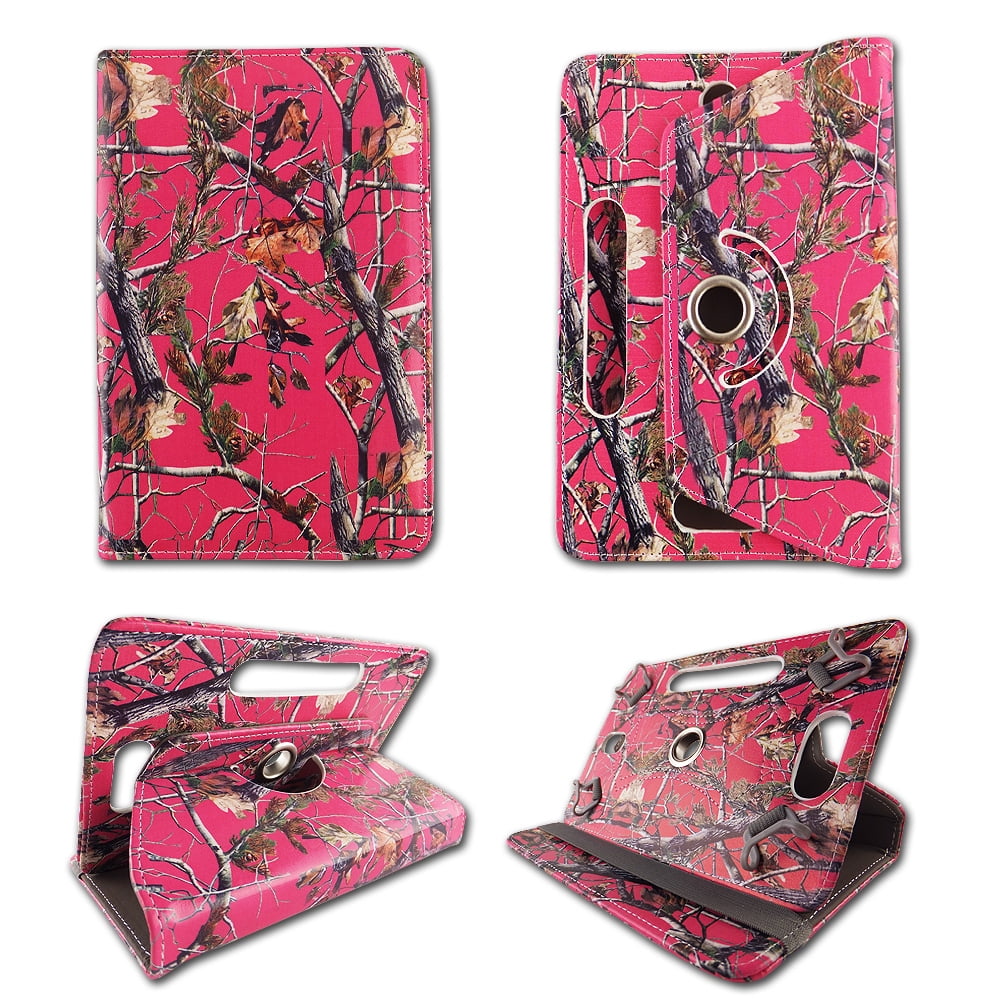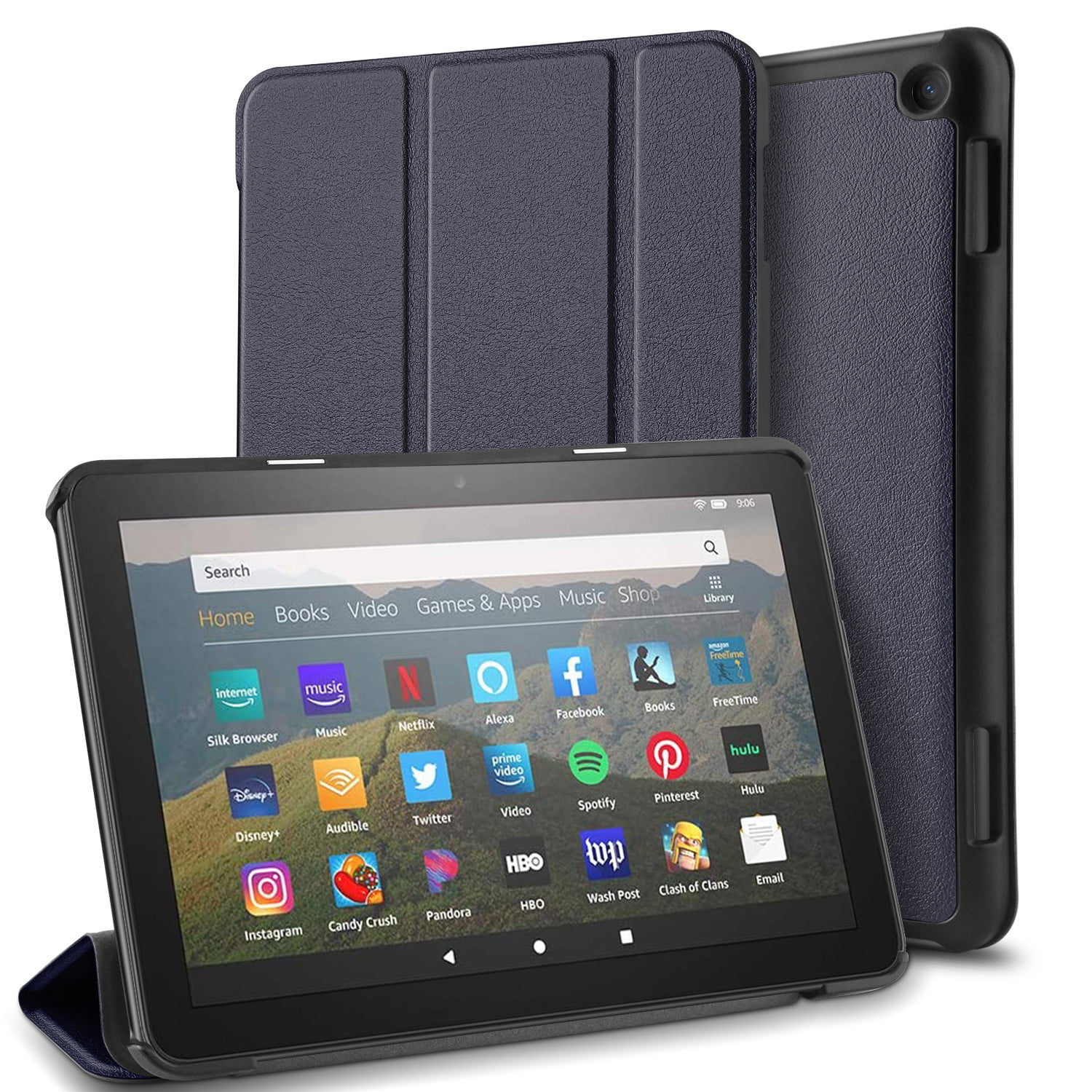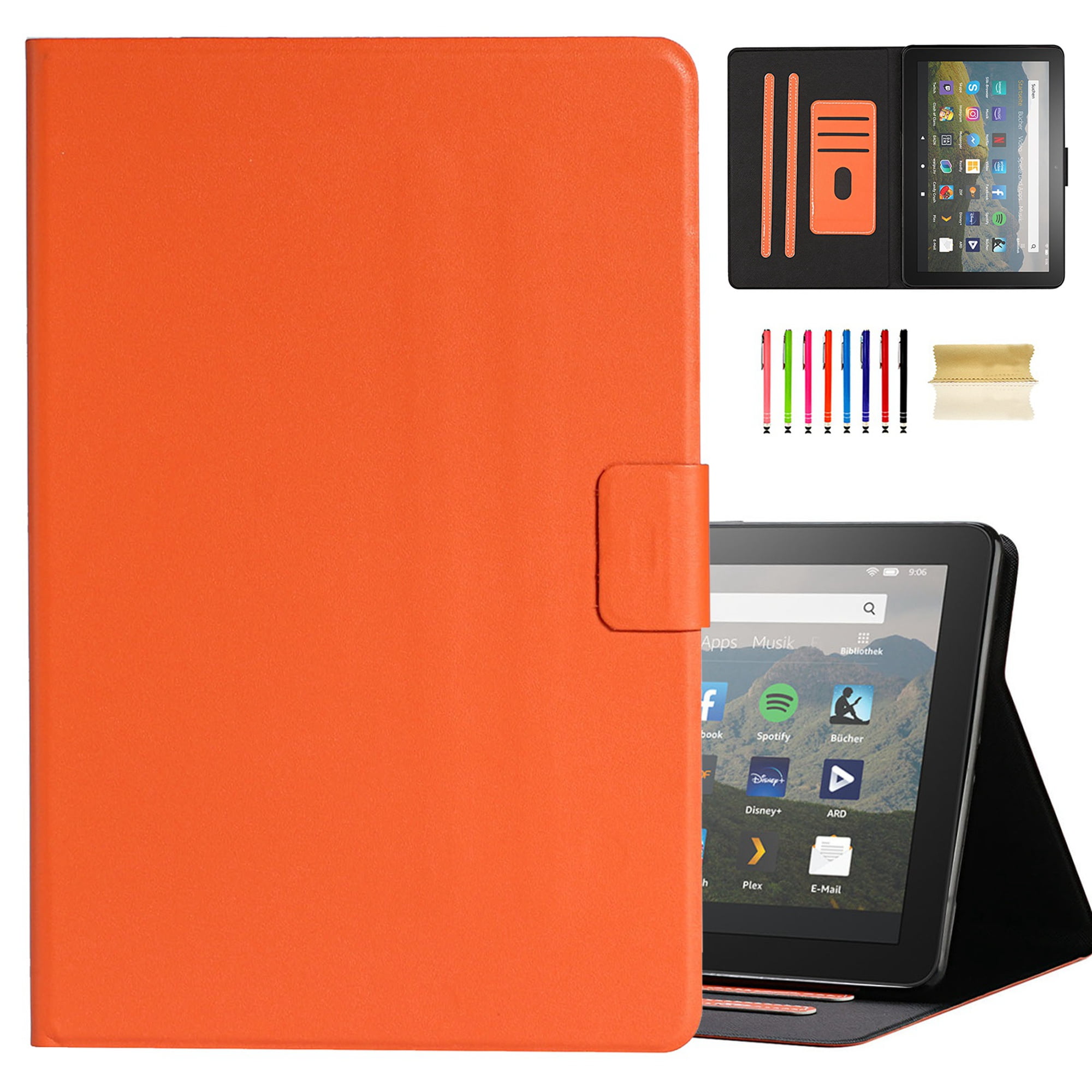


Only score the spine on the interior of your case. With the inside of your case still facing up, use the bone folder once more to score on either side of the spine. So far, your case should resemble the one above. Use the bone folder to press everything down really well and let dry. Make sure to get the edges well! Flip over and adhere to the interior of your case. Next you’ll take your 6.75″x10.5″ piece of decorative paper and apply MONO Multi XL Liquid Glue to the side that you don’t want to show. Don’t worry if the corners and edges of the paper aren’t perfect, we’re about to make things look awesome. Similar to the previous step, now fold over the top and bottom excess edges of paper, adhere with the Tombow Xtreme Adhesive Runner, and press down with the bone folder. Press down again with the bone folder to make sure things are adhered really well. Adhere these side edges of paper down on the covers with the Tombow Xtreme Permanent Adhesive. Space your chipboard pieces evenly and make sure the straight edges line up.įold over the side edges of the paper, using the bone folder to make sure the folds are nice and crisp. It’s really important to leave about 1/8″ of an inch of paper showing between the edges of the spine and the front and back cover pieces. Position the glued sides of the chipboard down like shown above. Next, flip over your 8.25″x12″ piece of decorative paper so that that pretty side is facing down. To start, coat one side of each of the chipboard pieces with a thin layer of the Tombow MONO Multi XL Glue. You can always make a quick tester case to nail down the correct measurements (which is totally what I did!). Just size up or down the decorative paper accordingly.

For the chipboard sizing, adding a quarter of an inch to the length and width measurements of your reader in its soft sleeve should do the trick. I’m creating a DIY Kindle case for my Paperwhite, but you can size this project up or down for your specific eReader with a bit of experimenting.
#Kindle case how to
Hi y’all! Dani from here with a tutorial showing you how to make a DIY Kindle case (or for any eReader)! I love swapping out my cases, but they can get pretty pricey over time. Main Cards & Papercrafting / Design Team / General / Tutorials, Tips & Tricks tagged Dani Manning / diy / Gift Ideas / Kindle case / MONO Multi Liquid Glue / Power Tabs / reading / Technology / Tombow Adhesives / Tombow Xtreme Glue Tape / Xtreme adhesive by Dani Manning


 0 kommentar(er)
0 kommentar(er)
